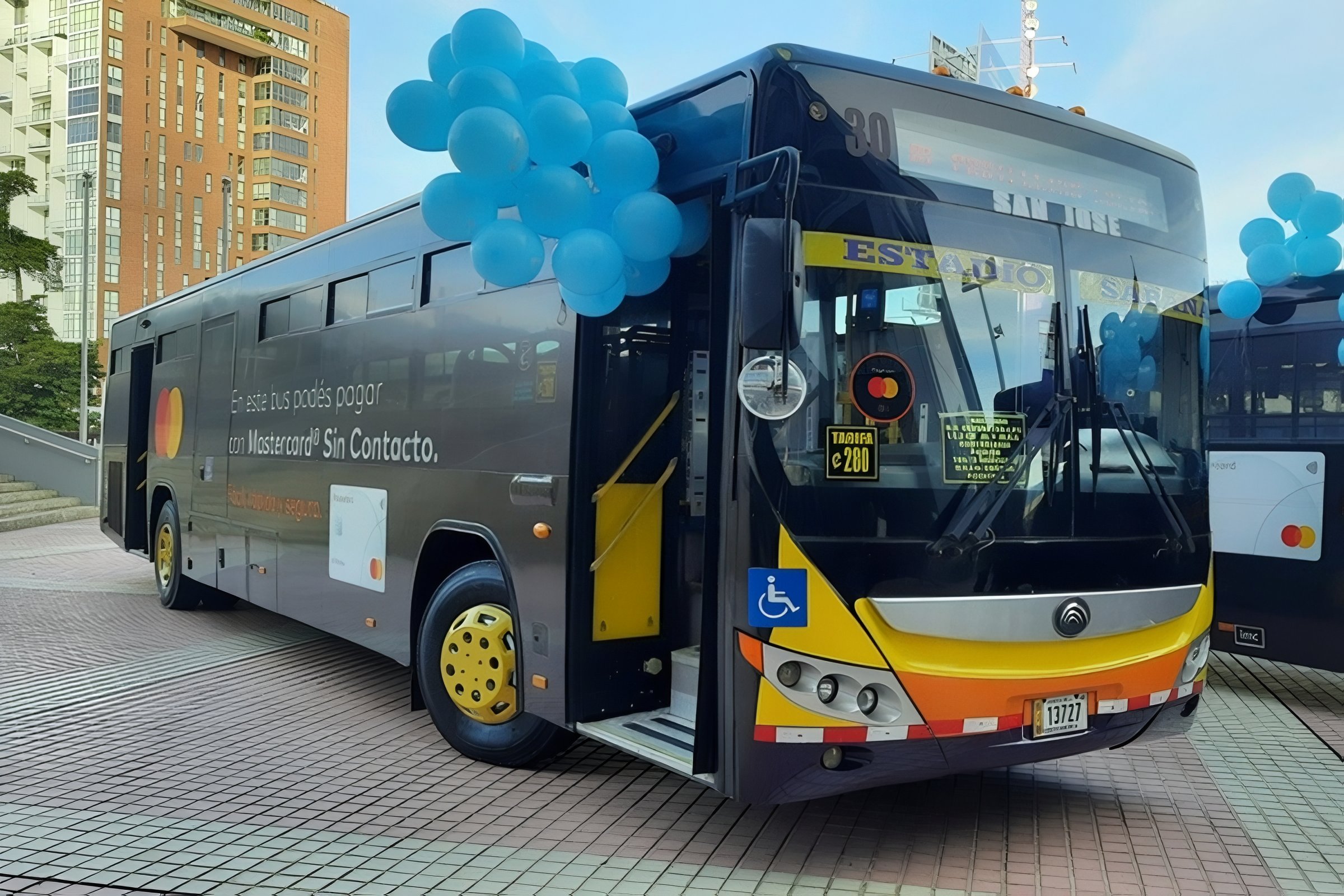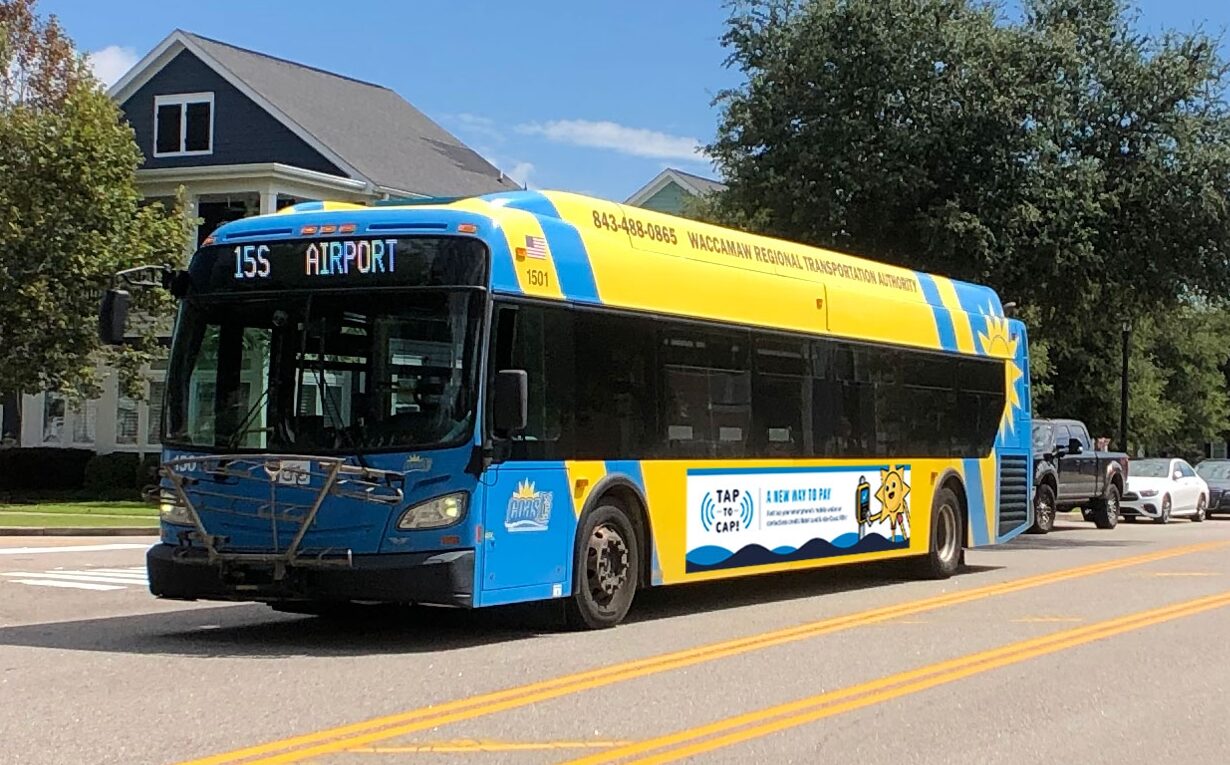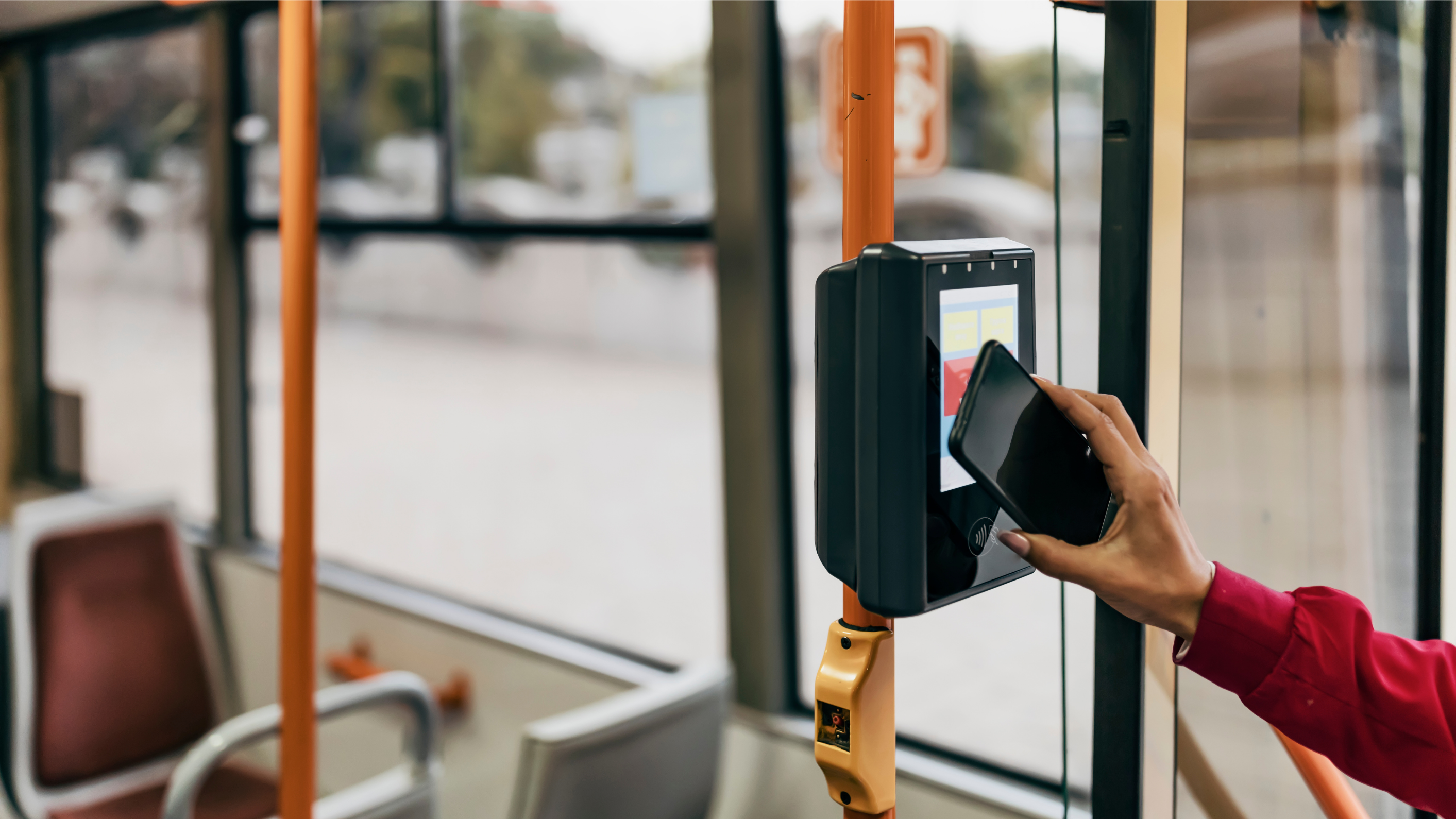Collaboration & connection: a coordinated approach to multi-operator fare collection
by Andreea

“A public transport network that feels like a network.”
This is the ambition of the UK’s National Bus Strategy. Simple, affordable flat fares that you can pay with a contactless payment card – with daily and weekly single operator and multi-operator fare capping – are a crucial part of achieving this ideal.
Not just in the UK but worldwide, there is a widely held view among governments and transport authorities that multimodal, ‘London style’ transit payments are a pillar of rider experience, key to motivating modal shift from private cars to public transport services.
A shortcut to MaaS?
Despite a strong will to develop a joined-up approach to multi-operator ticketing, progress has been sluggish. Attempts to find a singular Mobility-as-a-Service (MaaS) solution, combining journey planning, payments, and real-time rider information, have arguably held back progress.
Gradually, awareness has grown that, if MaaS serves largely to improve and streamline rider experience, many of its goals can be achieved with a contactless open loop payment infrastructure. With this, transport operators’ fare payment systems can be connected to deliver a seamless ‘tap and ride’ service throughout a region, state – or even a whole country.
A blueprint for multi-operator ticketing
The building blocks for these systems have already been developed and there’s potential for rollout at almost any scale. The only thing holding back the industry is collaboration between transport authorities, operators/agencies, and their technology providers.
Littlepay has been integral to developing multi-operator fare collection systems in the UK, moving the dial from ‘proof of concept’ to ‘live pilots’ to the point where we now have a blueprint that can be adopted by any local authority or group of transport operators.
It all began in Brighton in the UK, in 2019, when two local operators (Brighton & Hove and Metrobus) became the first to test our ‘multi-operator fare capping’ feature.
Each had their own contactless open loop fare payment system and independent fare capping rules. We configured a multi-operator cap, which was overlaid over existing fare structures, and automatically triggered when riders’ trips using both operators’ services met its criteria.
This unified the experience of using both services. Riders don’t need to analyse each operator’s fares and ticket deals. They can simply pay-as-they-go using any combination of vehicles to get from A to B. They are safe in the knowledge that any applicable fare caps will be automatically triggered. Getting simple, good value fares becomes effortless.
Results two months after the launch of multi-operator capping in Brighton

Removing obstacles to multi-operator fare collection
Fast forward to 2022, when Littlepay played a pivotal role in launching three new multi-operator ticketing projects in the UK – in Leicester, Bournemouth and Cornwall. This was the culmination of an initiative called ‘Project Coral’, which brought together local authorities, operators and technology providers to develop a viable EMV-based, multi-operator ticketing solution.
Littlepay was tasked with overcoming the perceived obstacles to an EMV-based multi-operator scheme. Answering the need for a system to monitor and manage multi-operator caps, and enable distribution of revenue, our team developed a PCI compliant multi-operator broker service.
In tandem with this, we tackled the issue of maintaining operators’ data privacy by adapting our merchant portal. Now, all operators participating in a multi-operator capping (MOC) scheme can track trip, tap and cap data for trips where a multi-operator fare cap is triggered. Crucially, any data for trips unaffected by multi-operator caps will not be shared across operators.
Multi-operator broker service key elements:
- Can process taps from a variety of on-board devices
- Creates a common payment token for each passenger
- Defines when a multi-operator cap has been reached
- Supports revenue apportionment and reconciliation reporting
- Only shares data cross-operator for multi-operator capped trips
- Complies with PCI DSS and GDPR legislation
Technical complexity, but a serene passenger experience
Riders vote with their feet. With multi-operator ticketing, operators want to see passengers using and enjoying the system. Markers of success are when riders hit fare caps, experience savings, understand the system, and decide to use it more frequently. The ultimate endorsement comes when new users ride transit because it’s so simple and cost effective. It just makes sense.
Littlepay has developed a system that handles all the complexities of multi-operator ticketing that operators have been wrestling with, while also delivering an effortless experience for riders. They can use – and pay for – a variety of public transport services with the card they carry everywhere, and they get the benefit of fare caps without having to pre-plan or analyse ticket prices. The clincher? Self-service customer platforms that demystify fare capping and show them the value they receive as they tap-on and tap-off vehicles without a second thought.
Another Littlepay contribution to ‘Project Coral’ is the development of a portal – available as a white-labelled website or an API – that customers can use to see their travel and payments history and see when fare caps have been applied. Local authorities can brand their site or app, to give passengers the sense that they are using a unified regional transport system.

Making regional travel effortless – customer benefits
- Pay-as-you-go for travel
- Don’t worry about paper tickets, smart cards or barcodes
- Tap on and tap off with your contactless bank card or mobile wallet
- No need to consider which operator you use to get from A to B
- Experience automatic daily and weekly fare caps with individual operators
- Benefit from multi-operator caps where applicable
- Track multi-operator taps, trips and caps in-app or online

Next stop, a scalable solution for interoperability
With multi-operator ticketing now tried and tested, the opportunities are exciting. Multi-operator, multimodal transport networks, connected by a unified contactless open loop payment system, are within reach. There’s more functionality we can use to empower operators to give even better rider experiences – such as concessions and discounts built-in at local authority level.
We’re at the start of an exciting journey. How far we can go depends on that essential ingredient – collaboration.

Building innovations that enhance passenger experience with Go-Ahead

Enabling Costa Rica’s Journey Towards a Cashless Society with Open-Loop Payments

